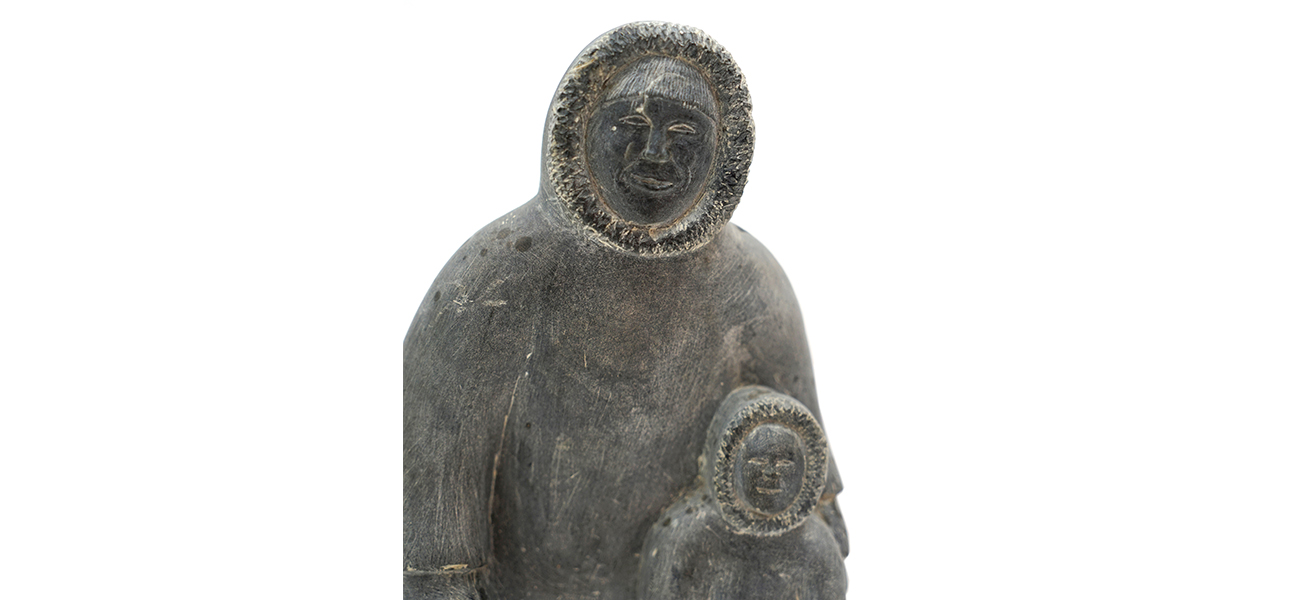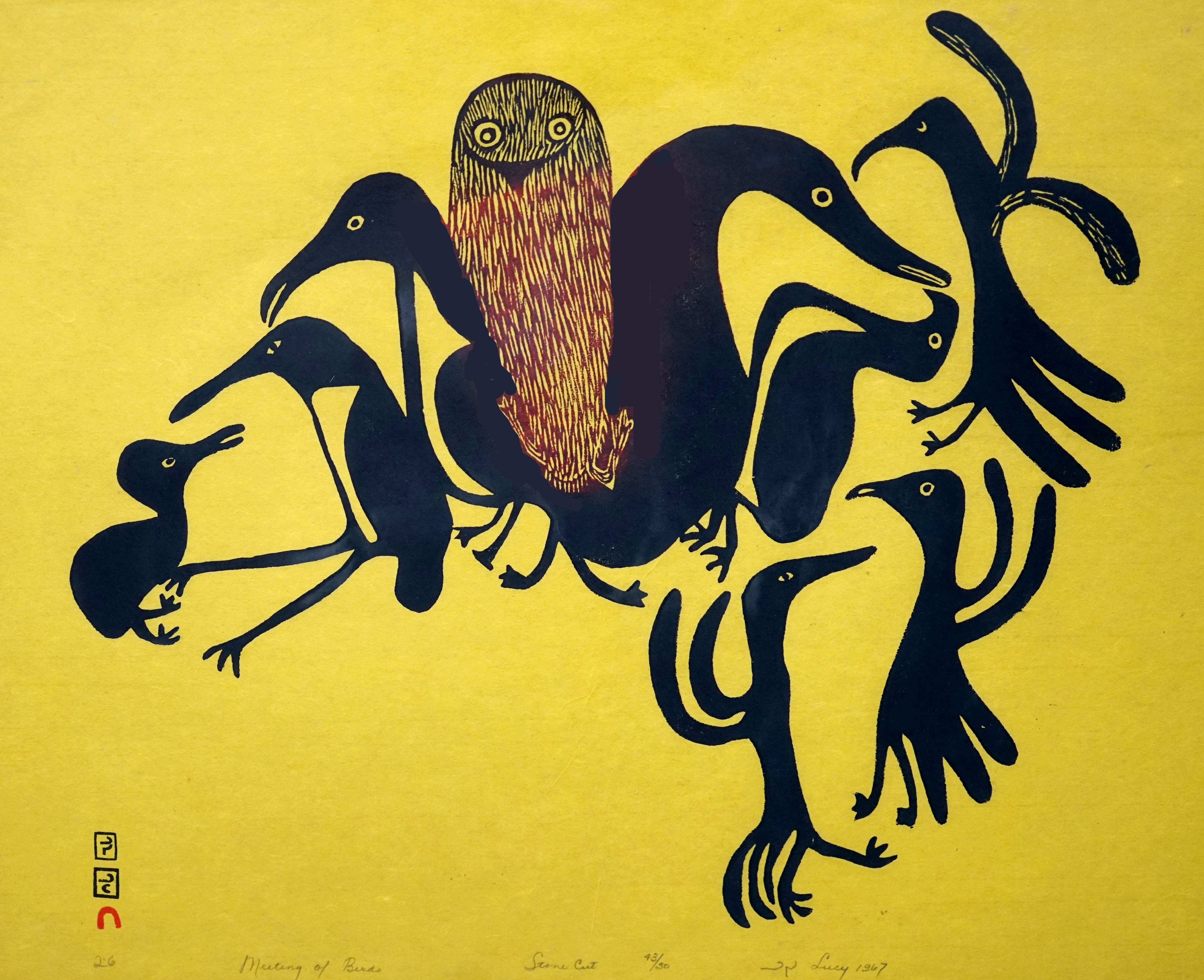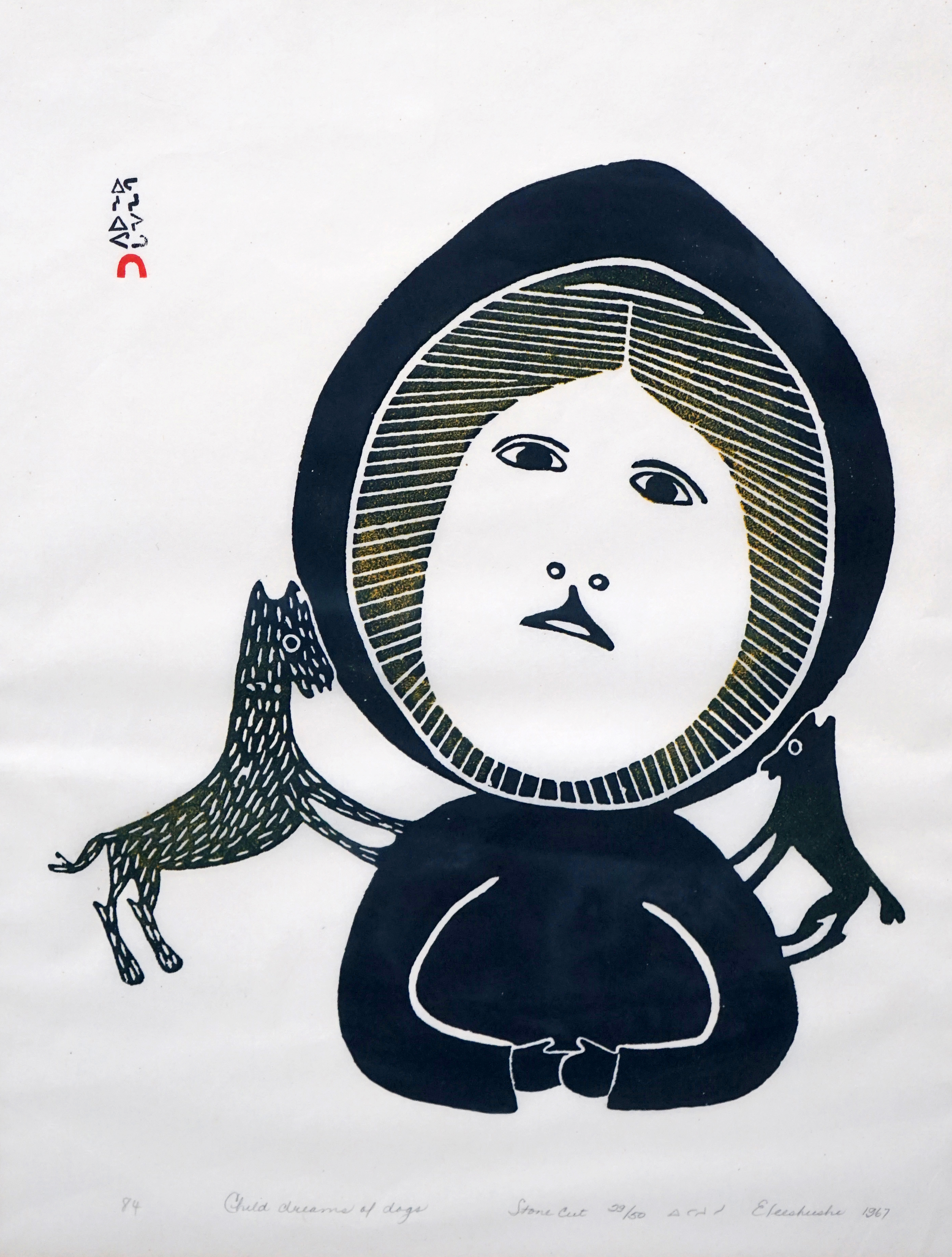
Canada’s Inuit artisans are the subject of a new Louisiana Art & Science Museum exhibit—highlighting the resilience of a once-nearly extinct culture
Our fast-paced, ever-evolving modern world makes it hard for most of us to keep up. For the Inuit people in the frigid Canadian Arctic, modernization made their nomadic way of life virtually disappear.
In the early and mid-1900s, industry encroached on their hunting grounds, the Canadian government forced relocation into established villages, and much of their culture and trades faced extinction.

But in the 1940s, the Canadian government started to right its wrongs by helping the Inuit people learn new trades designed to keep their old customs alive. One strategy: artist cooperatives that turned their expert carving skills, stone cutting and colorful folklore traditions into creative ways to make a living.
|
|
“The arts seemed to take off,” says Elizabeth Weinstein, Louisiana Art & Science Museum’s curator and director of interpretation.
And that art caught the eyes of collectors around the world, including LASM’s first director, Adalié Brent.
Brent purchased prints, sculptures and other Inuit works for the museum in the 1960s.
“I think she felt they were charming,” Weinstein says. She speculates that Brent, who was well-known for her stained glass work in local churches, likely also felt a connection to the spiritual themes in Inuit artwork.

Weinstein recently organized much of the Inuit art in LASM’s permanent collection for a new exhibition, “Tradition in Transition: Inuit Art & Culture,” opening this month.
The works include 15 prints and several sculptures depicting the traditions and wildlife of the Canadian Arctic and even a 24-foot kayak.
Weinstein also gathered up pieces on loan from the LSU Museum of Art, pieces from a private collector and a traditional parka LASM had donated to the LSU Textile and Costume Museum.
In all, the exhibition fills both floors and the main galleries of the museum, combining the collection with videos of the Inuit printmaking process and a hands-on activity station that will open March 17 so visitors can make their own Inuit-style objects.
“Being that we are an art and science museum,” Weinstein says, “this [exhibit] enables us to talk about the animals they hunted and their culture and even the climate.”
This article was originally published in the February 2018 issue of 225 Magazine.
|
|
|

